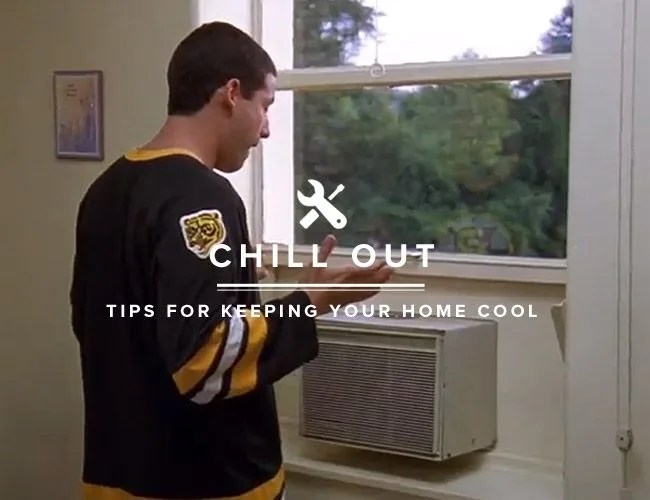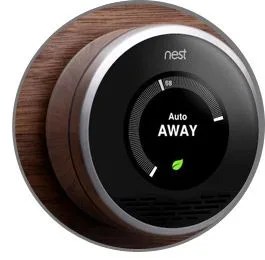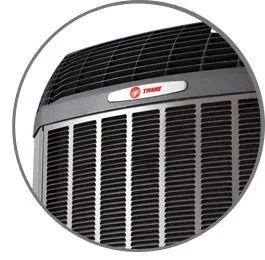
The summer of 2012 was one of the hottest seasons ever throughout the United States. Record temperatures were set ablaze and smoked on an almost daily basis. On just one day — August 3, 2012 — 143 benchmark temps were either tied or broken; this was after July had already taken the crown for hottest month to ever hit the books.
To keep from melting, most Americans were forced to set their AC units to “meat locker”, putting the power grid to the test. If heat stroke from the rolling black outs didn’t make you to hit the deck, your electricity bill probably did. Whether we face the same braising this year remains to be seen. We plan on being prepared. These relatively simple tips to increase energy efficiency should keep you cool and help your wallet stay fat and fluffy this summer season.
MORE GP HOME IMPROVEMENT HELP: Men’s Gift Guide the Do-It-Yourselfer | The Best of Make | Best 12-Volt Cordless Drills Resealing Your Deck
Free and Easy Fixes

This weekend (before you hit the deck) spend an hour and boost your home’s HVAC potential for free (if you have offspring, now’s the time to pressgang them). Start by cleaning or changing your furnace filter, and then go around the house to make sure the return-air ducts are clear of obstructions — you’d be surprised how far this will help your house breathe freely and ease the effort of your blower’s motor.
Once that’s done (and the vacuum is back in the closet), take a peek at your thermostat. Making sure that it isn’t baking in direct sunlight or sitting above a heat-producing appliance, even a lamp, will keep readings as honest as the summer day is long. When Monday rolls back around, take five minutes to lower the blinds and close the drapes before you head to the office. This keeps the sun out, and shows your damn prying neighbors you mean business. While you’re at it, raise the temperature a degree or two and crack any upper-level windows to let excess heat out — there’s no point in cooling an empty abode. When you finally get home after a hard day, keep dinner cook times to a minimum, go entirely heat-free, or embrace your inner cave man. Moving meals from the oven to the great outdoors will keep your house cooler and immediately scale back your electricity needs. At least, that’s how you can sell it to wifey when you come home with the new ‘que.




